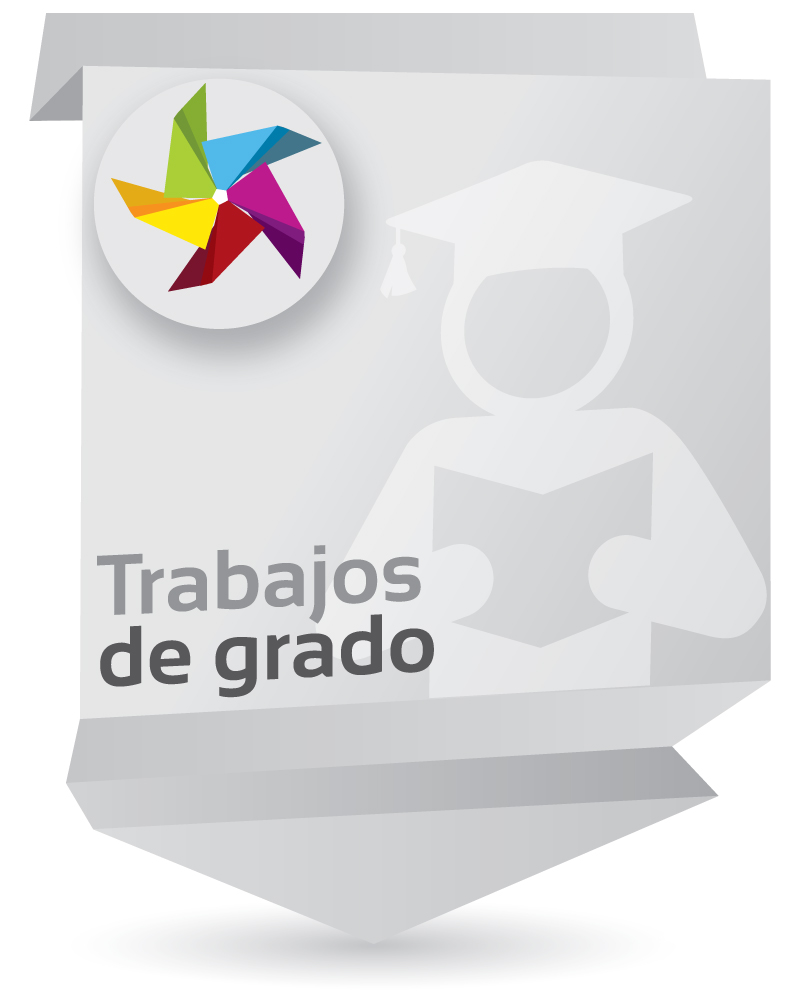Retos y soluciones sobre el componente práctico del aprendizaje en el área de la salud durante la pandemia del COVID-19
Enlaces del Item
URI: http://hdl.handle.net/10818/50624Compartir
Estadísticas
Ver Estadísticas de usoMétricas
Catalogación bibliográfica
Mostrar el registro completo del ítemAutor/es
Reyes Rozo, Ana MaríaAsesor/es
Chiappe Laverde, AndrésFecha
2022-02-09Resumen
Objetivo. Identificar los retos y soluciones sobre el componente práctico del aprendizaje en el
área de la salud, con motivo de la pandemia del COVID-19.
Metodología. Revisión sistemática de la literatura. Se revisaron artículos de PubMed y Scopus,
y por búsqueda manual, en idioma inglés y español. Estos documentos fueron analizados bajo
las categorías: retos y soluciones.
Resultados. De un total de 74 documentos, Medicina fue la disciplina con mayor número de
documentos (69%), 2020 fue el año con mayor prevalencia, con 57 artículos. Adicionalmente,
6 de las revistas según el índice de impacto de las se encuentran en Q1. Se analizaron las
subcategorías así, retos: institución, docentes y estudiantes; soluciones: estrategias, pedagogía
y recursos.
Conclusiones. Se han creado diversas estrategias de solución para suplir los retos educativos
que limitó la presencialidad de las prácticas en salud. Se fomentó la teleconsulta y las clases
por acceso remoto y/o actividades virtuales. Aim. To identify the challenges and solutions of the practical component of learning in the
health area during COVID-19 pandemic conditions.
Methodology. Systematic literature review. Articles from PubMed and Scopus were examined,
and by handsearching, in English and Spanish. These documents were analyzed under the
categories: challenges and solutions.
Results. Out of 74 documents, Medicine was the discipline with the highest number of papers
(69%), 2020 was the year with the highest prevalence, with 57 articles. Additionally, 6 of the
journals according to the impact factor were ranked as Q1. Subcategories were analyzed as
follows, challenges: institution, teachers, and students; solutions: strategies, pedagogy, and
resources.
Conclusions. Several solution strategies have been created to meet the educational challenges
that limited the face-to-face nature of health practices. Teleconsultation and remote access to
classes and/or virtual activities were encouraged.


















